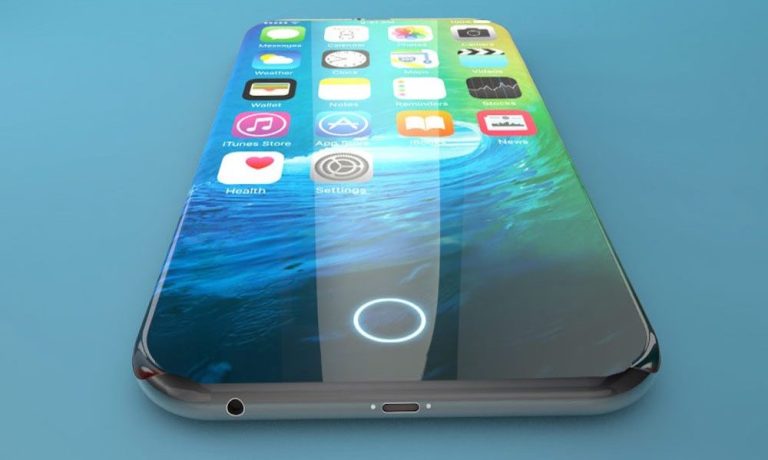The End of iPhone X?

Apple will reportedly discontinue the first version of the iPhone X when the second generation of the high-end smartphone rolls out later in 2018.
That announcement was reported by MacRumors, which cited new research from KGI Securities analyst Ming-Chi Kuo. According to the report, Kuo said that if Apple kept the current iPhone X in its lineup when it launches the second generation, but lowered the price, it could hurt sales of the newer device.
The analyst expects Apple to roll out a 6.1-inch iPhone with Face ID and an LCD display in the second half of this year. That device is predicted to sell for either $650 or $750 in the U.S., much lower than the $999 starting price for the iPhone X.
“[The] iPhone X would hurt product brand value and lineup of 2H18 new models if it continues to sell at a lower price after 2H18 new models launch: Lowering iPhone X’s price after the 2H18 new models launch would be a negative to product brand value given 3D sensing and OLED display are features of the new high-price model,” wrote the analyst. “Additionally, to sell iPhone X at a lower price may have a negative impact on shipments of the new 6.1-inch LCD iPhone in 2H18. Thus, we estimate iPhone X will reach end-of-life (EOL) around the middle of 2018. If accurate, Apple’s smartphone lineup later in 2018 would consist of the second-generation 5.8-inch iPhone X, which will likely remain $999, a larger 6.5-inch version dubbed iPhone X Plus and the mid-range 6.1-inch iPhone. Below that would likely be iPhone 8, iPhone 7 and iPhone SE models.”
Kuo’s report comes a few days after he reduced his lifetime sales forecast for the new iPhone X from 80 million to 62 million phones.
Despite the hype leading up to the release of the iPhone 8, iPhone 8 Plus and iPhone X, customers are buying these new offerings at about the same rate as other models released in the past two years. A survey of 300 iPhone buyers by technology analysis firm Consumer Intelligence Research Partners estimates the iPhone X, iPhone 8 and iPhone 8 Plus combined account for 69 percent of U.S. iPhone sales for the month ending Dec. 3, while older models represented the remaining sales.